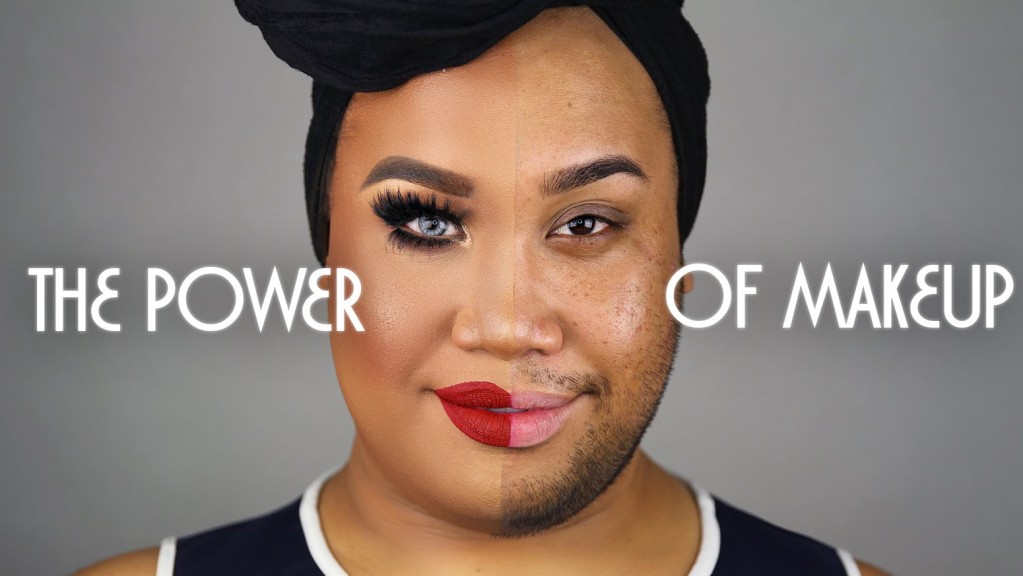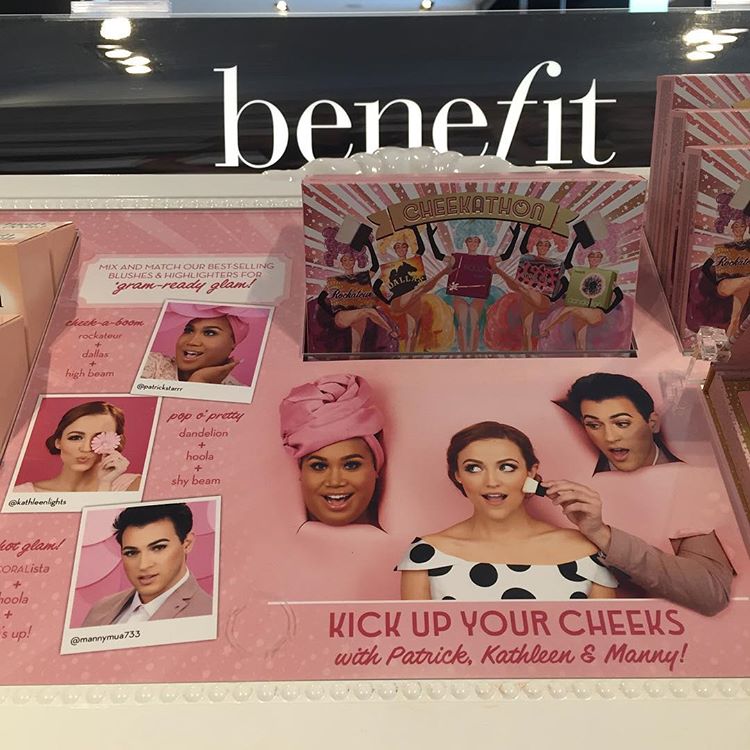 Instagram has dramatically changed the beauty world as I know it. In fact, it’s a major piece of how I started to discover makeup. It’s so easy to find yourself lost in its depths by clicking between hashtag and user, discovering new products, brands and techniques. PatrickStarrr is the first beauty blogger that I ever followed and I was like, “woah, boys can wear makeup?” And as you can see, he wears makeup.
Instagram has dramatically changed the beauty world as I know it. In fact, it’s a major piece of how I started to discover makeup. It’s so easy to find yourself lost in its depths by clicking between hashtag and user, discovering new products, brands and techniques. PatrickStarrr is the first beauty blogger that I ever followed and I was like, “woah, boys can wear makeup?” And as you can see, he wears makeup.
After that, I would frequently consult Instagram and YouTube before ever buying a cosmetic product. Bloggers often list “product details” on their Instagram accounts where the list all of the products that they used in the featured look. I always read them to see what they’ve used and this is one of the ways that products blow up on Instagram. It’s clear to see what products are used by who and how frequently. This drives the sales of brands and boosts the popularity of bloggers that are supporting a trending brand or product. The product details are also where discount codes can be found, which is just another way the sales are boosted through Instagram.
Instagram is also very trendy. Bloggers use various products and then everyone is buying them. First it was contouring, then it went to highlighting. Brands have to either stay on top of the trends or be left behind. Anastasia Beverly Hills has been on the top of the highlighting game. The first came out with single highlighting compacts and then releases “Glow Kits,” a pallet of multiple highlighters. They’re basically what everyone is wearing and are frequently sold out. Speaking of which, I need to get their new glow kit before it does sell out. But why do I need it, I already have four. And that is the power of Instagram. It’s gotten me to buy four glow kits and it’s the reason that I’m going to buy a fifth one. There’s absolutely no reason that I need to have that many highlighters, but I need them. I can’t really tell you why I need them. Maybe it’s the satisfaction of people asking me what highlighter I’m wearing and having that half a second bond with the person who asked as we internally orgasm over the ABH glow. But why? Instagram has allowed brands to create such an online reputation and everyone has accepted the fact that their products are bomb.

 This image is of a gondola (“gondola” is what Sehora calls their displays as their are no traditional cosmetic counters) at Sephora. It features Patrick Starrr, Manny MUA and Kathleen Lights. All three are YouTube beauty bloggers. Firstly, the image conveys to the shopper that all three of them endorse the brand and they they like the products that are featured. This would make a follower of one of the bloggers more likely to buy the featured cosmetics. This is definitely true for me because I will often watch reviews of new products before going to Sephora to try them out. This shows that Benefit (the name of the brand whose gondola is shown) knows how their customers shop. Brands often give beauty bloggers discount codes or affiliate codes to give to their followers. This means that not only are the brands making a profit, but the bloggers are as well. So, not only is Benefit sending the beauty bloggers free products to feature on their YouTube channels (free advertising virtually), they’re also featuring the beauty bloggers physically in stores to sell out products even faster. You missed Patrick Starrr’s latest video? It’s cool, Benefit has him right here so you know this product has to be good. I don’t mean for all of this to sound negative because my point isn’t to denote the power that beauty bloggers have. I just find it interesting how brands try to sell their products with the power of the blogger. So, onto the positive!
This image is of a gondola (“gondola” is what Sehora calls their displays as their are no traditional cosmetic counters) at Sephora. It features Patrick Starrr, Manny MUA and Kathleen Lights. All three are YouTube beauty bloggers. Firstly, the image conveys to the shopper that all three of them endorse the brand and they they like the products that are featured. This would make a follower of one of the bloggers more likely to buy the featured cosmetics. This is definitely true for me because I will often watch reviews of new products before going to Sephora to try them out. This shows that Benefit (the name of the brand whose gondola is shown) knows how their customers shop. Brands often give beauty bloggers discount codes or affiliate codes to give to their followers. This means that not only are the brands making a profit, but the bloggers are as well. So, not only is Benefit sending the beauty bloggers free products to feature on their YouTube channels (free advertising virtually), they’re also featuring the beauty bloggers physically in stores to sell out products even faster. You missed Patrick Starrr’s latest video? It’s cool, Benefit has him right here so you know this product has to be good. I don’t mean for all of this to sound negative because my point isn’t to denote the power that beauty bloggers have. I just find it interesting how brands try to sell their products with the power of the blogger. So, onto the positive!